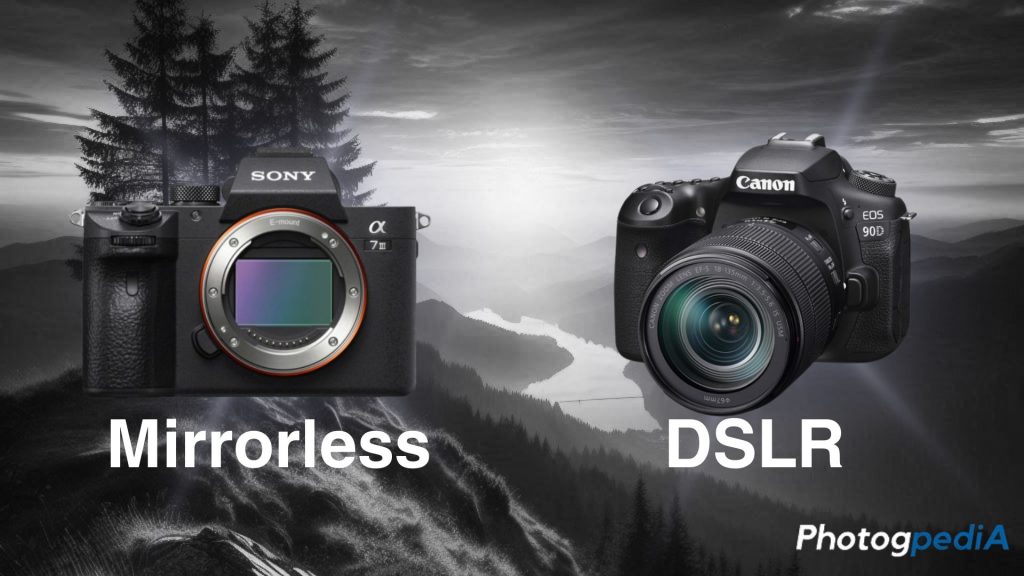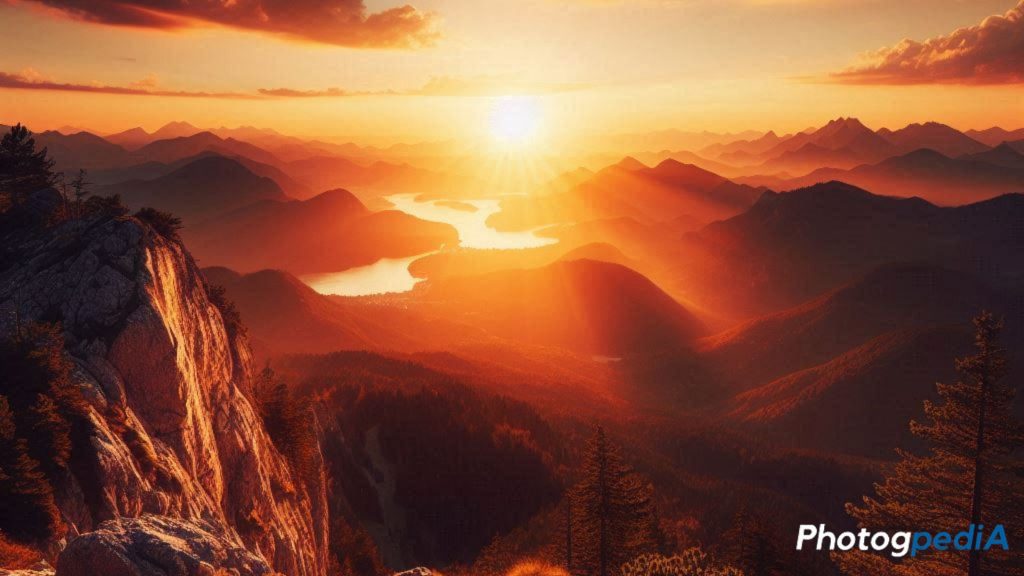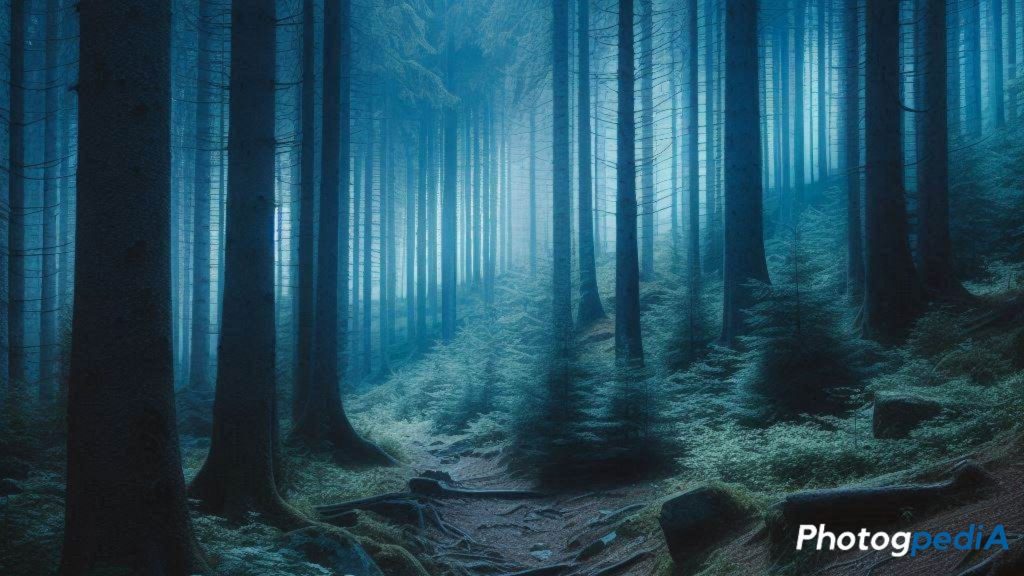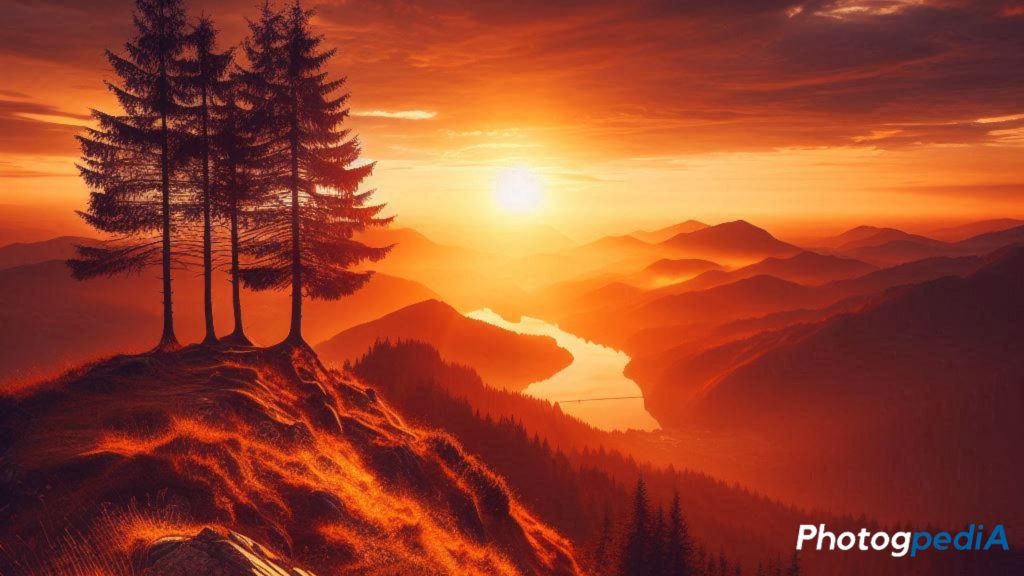Nature photography is a captivating genre that offers a window into the untouched beauty of our planet. As a photographer who recently became fond of nature photography, I’ve spent countless hours exploring the great outdoors, capturing the essence of the natural world. Now, let me share with you some nature photography ideas to get you into this niche!
One of the greatest joys of nature photography is the sense of connection it fosters with the environment. There’s something truly magical about being out in nature, surrounded by the sights, sounds, and smells of the natural world.
Whether you’re a seasoned professional or just starting out, there’s something truly magical about capturing the essence of nature in its purest form.
Table of Contents
Essential Gear for Nature Photography
Before you head out on your next outdoor adventure, it’s important to have the right gear. The equipment you choose can significantly impact the quality of your images and your overall experience in the field.
Choosing the Right Camera

When embarking on your nature photography journey, selecting the right camera is a crucial decision. The debate between DSLR and mirrorless cameras often rages on, but both options offer unique advantages. DSLRs, with their robust build and extensive lens ecosystems, have long been a popular choice for nature photographers. Their durable construction and reliable performance make them ideal for shooting in challenging outdoor conditions.
Mirrorless cameras, on the other hand, have gained significant traction in recent years due to their compact size and advanced features. Equipped with electronic viewfinders, these cameras offer a more modern shooting experience and often boast impressive image quality.
Regardless of your preference, the key to choosing the right camera for nature photography lies in considering your specific needs and shooting style. Look for a camera with a high dynamic range to capture the full range of tones in a scene, fast autofocus to ensure sharp focus on moving subjects, and good low-light performance to capture stunning images in challenging lighting conditions.
Lenses for Nature Photography
Lenses are the eyes of your camera, and selecting the right one can significantly impact the quality and style of your nature photographs.
- Wide-angle lenses, with their expansive field of view, are perfect for capturing the vastness of landscapes. These lenses can create a sense of immersion and awe, inviting viewers to explore the grandeur of nature.
- Telephoto lenses, on the other hand, are ideal for wildlife photography, allowing you to get closer to your subjects without disturbing them. With a telephoto lens, you can capture intimate details and behaviors that would otherwise be difficult to observe.
- For those passionate about capturing the intricacies of small subjects, a dedicated macro lens is essential. These lenses allow you to magnify objects, revealing hidden details and textures that are often overlooked.
Other Necessary Equipment
While the camera and lenses are undoubtedly the core components of your nature photography setup, other essential gear can significantly enhance your experience.
- A sturdy tripod is indispensable for stabilizing your camera, especially in low-light conditions or when shooting long exposures. A tripod not only helps prevent camera shake but also allows you to capture sharper and more detailed images.
- Filters can also be valuable tools in nature photography. Polarizers can reduce glare and enhance color saturation, while neutral density filters can help control exposure in bright conditions, allowing you to capture silky smooth water or create a dreamy atmosphere.
- To protect your equipment and ensure a smooth shooting experience, a camera bag and protective gear are essential. A well-designed camera bag will keep your gear organized and safe, while protective accessories like lens hoods and rain covers can safeguard your equipment from the elements.
Nature Photography Ideas – Lighting
Lighting is one of the most critical elements in photography, and nature photography is no exception. The way light interacts with your subject can transform an ordinary scene into something extraordinary.
The Golden Hour

This magical period shortly after sunrise and before sunset, is my personal favorite. The soft, warm light that bathes the landscape during this time creates a truly enchanting atmosphere. You get natural glow that enhances colors, adds depth to images, and casts long, dramatic shadows that adds visual interest.
To make the most of the golden hour, plan your shoots in advance. Consider the direction of the sun and choose locations that will benefit from its light. Arrive early to ensure you have ample time to set up and capture the best shots. Experiment with different angles and compositions to find the most captivating perspectives. With a bit of planning and patience, you can create stunning images that capture the essence of the golden hour.
Dealing with Harsh Light
Midday sun, with its harsh, direct light, can pose a challenge for photographers. However, with the right techniques, you can transform this seemingly unforgiving light into a powerful tool.
One effective approach is to seek out areas of shade. Trees, buildings, or other natural features can provide welcome relief from the harsh sunlight, creating softer and more diffused lighting conditions.
Another option is to embrace the harsh light and use it to your advantage. By shooting in black and white, you can add a dramatic and timeless quality to your photos. The high contrast created by the harsh light can accentuate textures and shapes, resulting in striking and impactful images.
Nighttime Nature Photography

Nighttime nature photography offers a unique and captivating perspective on the natural world. Capturing the stars, the Milky Way, or even the elusive northern lights requires patience, planning, and the right equipment. A camera with exceptional low-light performance is essential for capturing the subtle details of the night sky. A wide-aperture lens allows you to gather more light, enabling you to capture longer exposures without excessive noise. A sturdy tripod is also crucial for maintaining stability and preventing camera shake during long exposures.
To capture stunning night skies, learning how to set your camera for long exposures is essential. Experiment with different shutter speeds, aperture settings, and ISO sensitivities to find the optimal balance for your desired exposure. Using a remote shutter release can help minimize camera shake and capture sharper images. With the right equipment and techniques, you can create awe-inspiring photographs of the night sky.
Nature Photography Ideas: Composition
Great composition is key to creating visually compelling images. By understanding and applying basic composition techniques, you can elevate your nature photography to the next level.
Rule of Thirds
The rule of thirds is a classic composition technique that involves dividing your frame into nine equal parts using two horizontal and two vertical lines. By placing your subject along these lines or at their intersections, you create a balanced and engaging composition. This technique works well in nature photography, helping to highlight key elements like a lone tree in a landscape or an animal in its habitat.
For example, when photographing a landscape, placing the horizon along one of the horizontal lines can create a sense of depth and balance. Similarly, positioning a subject like a tree or a flower at one of the intersections can draw the viewer’s attention and add visual interest. By incorporating the rule of thirds into your compositions, you can elevate your nature photography and create images that are both visually striking and engaging.
Leading Lines
Leading lines are natural or man-made elements within a scene that guide the viewer’s eye toward the main subject. These lines can create a sense of depth, movement, and focus, enhancing the overall composition of your photograph.
In nature photography, leading lines are abundant. Rivers, pathways, or even the curve of a coastline can serve as powerful leading lines. By incorporating these lines into your composition, you can draw the viewer’s attention to your subject and create a sense of direction and flow. For example, a winding river can lead the viewer’s eye toward a majestic waterfall or a picturesque mountain range.
Framing with Nature
Framing with nature is a powerful composition technique that involves using natural elements to create a visual frame around your subject. By strategically incorporating branches, rocks, or other features into your shots, you can draw the viewer’s eye toward the main subject and enhance the overall impact of your image.
Framing can add depth and dimension to your photographs, while also creating a sense of intimacy and focus. For example, framing a flower with delicate branches can highlight its beauty and fragility. Similarly, using a rock formation to frame a majestic waterfall can emphasize its power and grandeur.
Creative Nature Photography Ideas
To keep your nature photography fresh and exciting, it’s important to experiment with different techniques and ideas. Here are a few creative approaches to try.
Macro Photography in Nature

Macro photography allows you to explore the small, often overlooked details of nature. From the intricate patterns of a butterfly’s wings to the delicate structure of a flower petal, macro photography reveals a world that’s invisible to the naked eye. To get started, use a macro lens and pay attention to your focus, as even the slightest movement can affect the sharpness of your image.
Wildlife Photography Tips
Photographing wildlife requires patience, respect, and a bit of luck. To increase your chances of capturing great shots, research your subject’s behavior and habitat beforehand. Keep your distance to avoid disturbing the animals and use a telephoto lens to get close-up shots. Remember, ethical wildlife photography is about capturing animals in their natural state without causing them harm or stress.
Landscape Photography
Capturing the grandeur of landscapes requires a different set of skills and techniques. Look for interesting foreground elements to add depth to your images, and consider using a wide-angle lens to capture the vastness of the scene. Different terrains, such as mountains, deserts, or forests, offer unique challenges and opportunities, so be prepared to adapt your approach depending on the environment.
Seasonal Nature Photography Ideas
Each season offers its own unique opportunities for nature photography. By understanding the characteristics of each season, you can tailor your approach to capture the best images.
Capturing the Beauty of Spring
Spring is a time of renewal, with flowers blooming and trees bursting with fresh leaves. This season is perfect for capturing vibrant colors and delicate details. Early mornings are particularly beautiful, with dew on the grass and soft light filtering through the trees.
Summer Photography Tips
Summer brings long days and bright sunlight, which can be both a blessing and a challenge. To avoid harsh shadows, try shooting during the early morning or late afternoon. Summer is also a great time to capture the vibrant colors of nature, from green forests to blue skies.
Autumn Colors
Autumn is a favorite season for many photographers, thanks to the rich, warm colors of the changing leaves. To capture the essence of autumn, look for compositions that highlight the contrast between the colorful foliage and other elements like water or rocks. Early morning fog can also add a mystical quality to your autumn photos.
Winter Wonderland
Winter transforms the landscape into a wonderland of snow and ice, offering unique photographic opportunities. The challenge of photographing in winter lies in dealing with the cold and the often harsh light reflecting off the snow. Use a tripod to stabilize your camera in low-light conditions and consider experimenting with black and white photography to emphasize the textures and contrasts of the winter landscape.
Conclusion
Nature photography is a rewarding and accessible genre that offers endless opportunities for creativity and exploration. Whether you’re photographing landscapes, wildlife, or the small details of the natural world, the key to success lies in preparation, patience, and a deep appreciation for the environment. So grab your camera, head outdoors, and start capturing the beauty of nature today.
Afterword
I hope this guide has inspired you to embark on your own nature photography adventures. Remember, the most important thing is to have fun and experiment with different techniques. With a little practice and patience, you’ll be capturing stunning images in no time.
Want to learn even more? Check out these related articles:
- Nature and Landscape Photography Quotes: Discover inspiring quotes from renowned photographers that can fuel your creativity.
- Phone Photography Ideas: Explore tips and tricks for capturing beautiful nature photos with your smartphone.
- Metal Print Gifts Ideas: Learn how to turn your nature photographs into unique and meaningful gifts.
About the Author
Hi, I’m Mark – an amateur photographer that first started in 2020. I particularly capture action figures in miniature settings and dioramas. You can follow more of my work at the following social media channels:
- Instagram – iselandmarkventures
- Facebook – iselandmarkventures
- YouTube – The Iselandmarkventures

